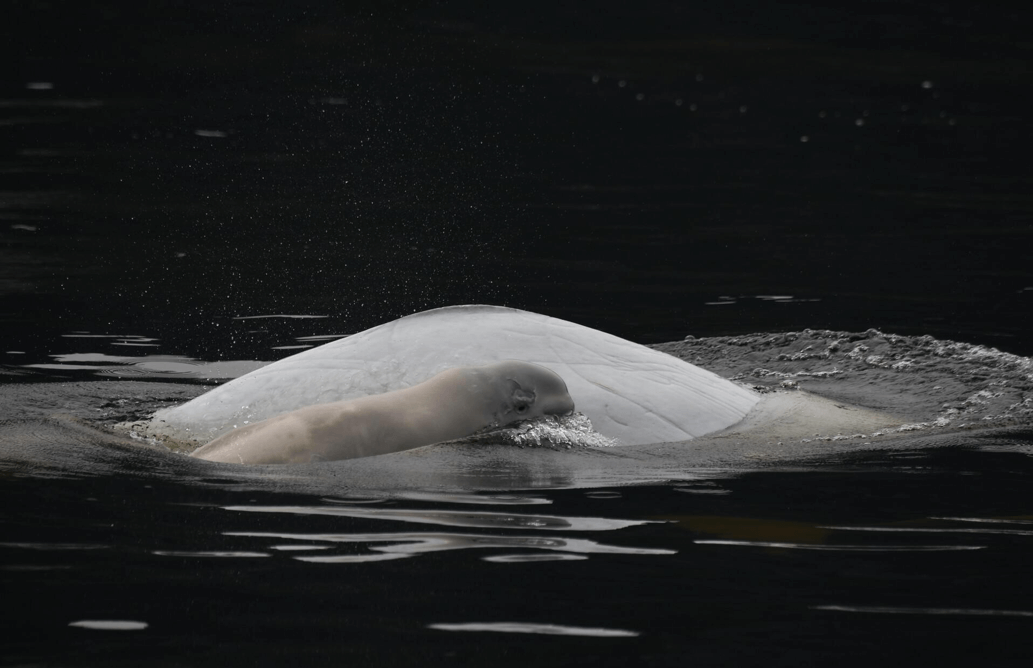Fifteen-minute presentations, four-minute flash communications and five-minute science videos: a total of 141 presentations were delivered at Scotiabank Centre in Halifax. Day 2 was chock full of ideas. Flashback to a few items that made an impression on us.
Fishing must evolve

Threats related to entanglements in fishing gear, crab trap ropes or nets have been studied in different species and geographic locations. Per Berggren of New Castle University has created a prototype of a (very) low-cost marine mammal repellent using recycled glass and plastic bottles. The results are still inconclusive, but he is urging researchers studying species threatened by bycatch to invite him to continue testing his invention.
Researcher Brian Kot presented one finding that we found surprising: minke whales reduce their speed when swimming near black and white ropes. On the other hand, researcher Amy Knowlton argued that right whales tend to avoid orange or red ropes more. She also presented various types of rope that might reduce the risk of long-term consequences of whale entanglements, including reducing the resistance of the material.
“But if the whales are so smart, why are they still being struck by ships or trapped in ropes?”, David Wiley often gets asked by local fishermen. The researcher has demonstrated that humpbacks in the southern Gulf of Maine near the coast of Massachusetts are at risk 100% of the time of being struck by a ship or getting entangled when they are in this region. Depending on the fishing gear, probabilities vary. Measures must be taken to protect the species in these waters.
And what if we eliminated ropes completely?, alternatively proposes the company SMELTS at its booth. Imagine a geolocated crab trap resting on the seabed without a rope and with an inflatable balloon that can be triggered by remote control from the boat. Though still in the prototype stage, this type of device could completely eliminate the risk of entanglement!
Elsewhere on the planet

Does the name Sousa chinensis taiwanensis ring a bell? Pink in colour, the Taiwanese population of the Indo-Pacific humpback dolphin only numbers 75 individuals, explained Shiva Javdan. Photo-identification provides her with a better understanding of the use of the highly industrialized habitat by these dolphins.
Off the southern coast of South Africa, gatherings of humpback whales are breaking records: up to 200 individuals have been recorded feeding in large krill aggregations. Once we’ve had a chance to catch our breath, we’ll read the article published in March 2017 on the subject.
In California, John Calambokidis and his crew have fitted gray whales with suction cup video cameras while they were feeding in very shallow areas. Most importantly, these whales have begun to venture into this area at a time when food is becoming scarce in their usual feeding areas.
At the end of the day, our brains are bursting with new discoveries, ideas, correlations to make between all the different discoveries, questions raised and conservation actions to be undertaken. All of this with three days still to go at the Conference!
To read the previous day summary:





